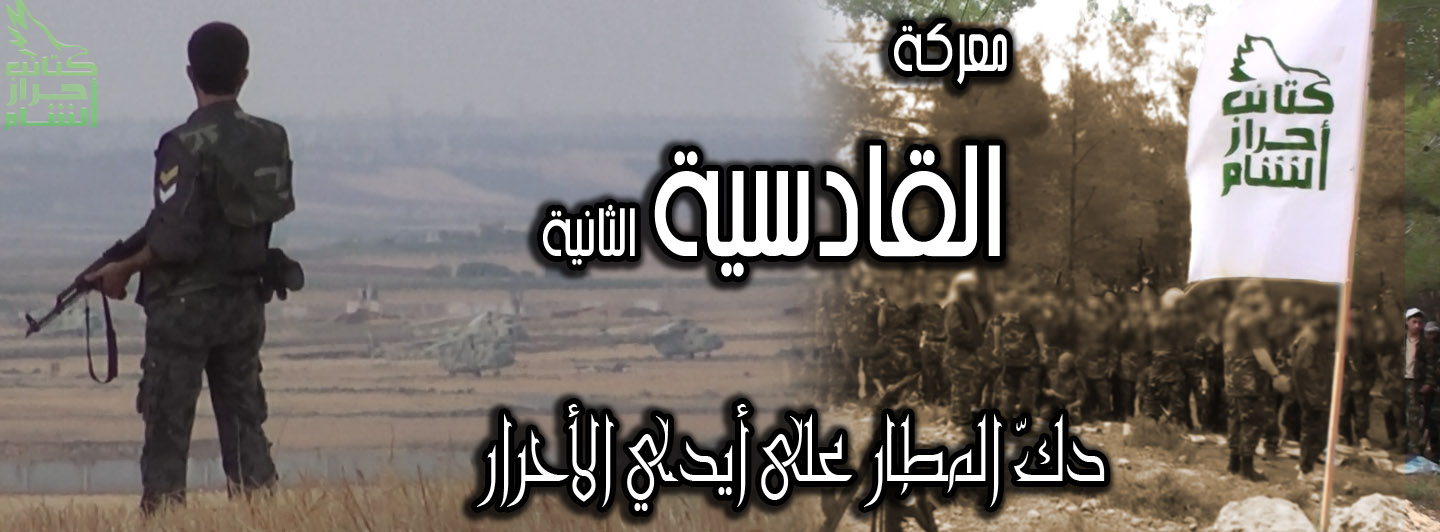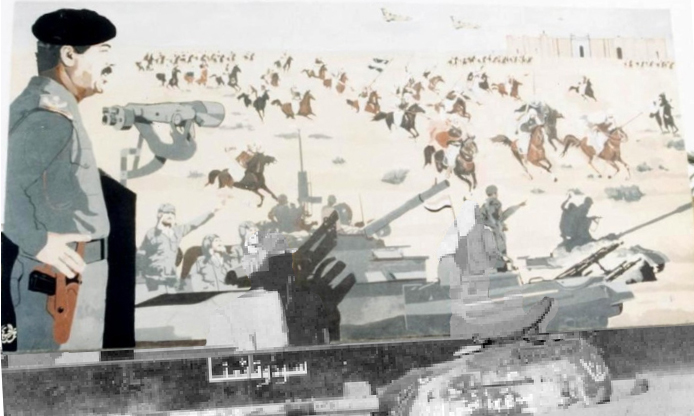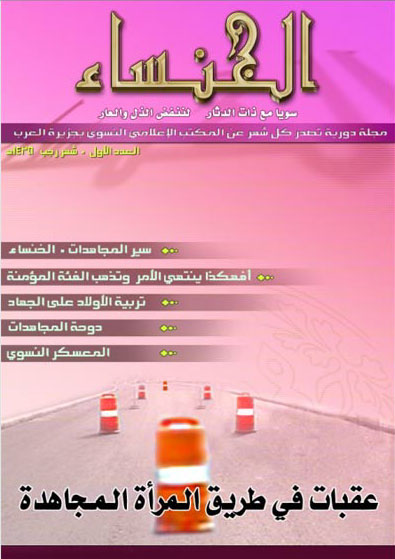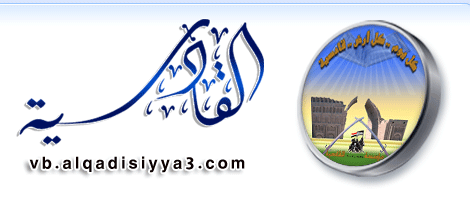Islamic history and memory in radical Islamist discourse

This article is a summary of a paper, ‘“Qadesiyoon of Sunnah Iran”: Early Islamic history and memory in radical Islamist discourse’, presented at the 6th annual conference of the Association for the Study of the Middle East and Africa, 21–23 November 2013, Washington, DC.
Table of contents
1. Islamicising al-Qādisiyyah


Unlike Ṣaddām, who sought to bridge the differences between secular Arab nationalism and religious radicalism through his discourse, the radical groups have found new meaning in early Islamic history. From the history of early Islam, they distil the message of the ‘few against the many’ and the precedent of the victory of a small band of pious believers over ancient superpowers, which has proven successful in reassuring their fighters of ultimate success. A second major theme highlighted by radical Islamists concerns the total devotion of early Muslim warriors and their willingness to sacrifice themselves for the cause of God. In their efforts to recruit volunteers for dangerous operations and suicide missions, radicals have emphasised the example of pious Arab-Muslim warriors who embraced martyrdom and fought their enemies with blind devotion to their cause.
2. al-Khansāʾ: The ‘Mother of martyrs’

Yet, this new memory of al-Khansāʾ, like much of the radical rhetoric, represents a total distortion of the history of early Islam. Some accounts that mention a woman whose four sons fought at the Battle of al-Qādisiyyah state that they all survived. Furthermore, the story suspiciously parallels that of a Jewish woman (sometimes called Ḥannah) whose husband and seven sons suffered martyrdom at the hands of a Seleucid king.

References and citations
- For a study and database of al-Qādisiyyah nomenclature in the modern Middle East, see Lewental, ‘Qādisiyyah in modern Middle Eastern discourse’. [↑]
- For a detailed study on the historiography of al-Qādisiyyah and its changing perceptions through time, as well as Ṣaddām’s manipulation of its memory, see Lewental, ‘Qādisiyyah, then and now’. For a short examination of Ṣaddām’s rhetoric, see idem, ‘A Brief analysis of “Ṣaddām’s Qādisiyyah”’. [↑]
Bibliography and further reading
al-ʿAyyīrī, Shaykh Yūsuf. ‘Shaykh Yusuf Al-Ayiri highlights women’s role in helping, hindering jihad’. Jihadist websites—OSC summary, 04 December 2009.
Lewental, D Gershon. ‘Qādisiyyah in modern Middle Eastern discourse’. Online article. DGLnotes.com, 21 November 2005. [online]
Lewental, D Gershon. ‘A Brief analysis of “Ṣaddām’s Qādisiyyah”’. Online article. DGLnotes.com, 19 July 2012. [online]
Lewental, D Gershon. ‘Qādisiyyah, then and now: A Case study of history and memory, religion, and nationalism in Middle Eastern discourse’. PhD dissertation, Department of Near Eastern & Judaic Studies, Brandeis University, 2011. [abstract]
Usher, Sebastian. ‘“Jihad” magazine for women on web’. BBC News Online, 24 August 2004. [online]
Related links
Image credits
- Internet banner created by the Katāʾib Aḥrār ash-Shām (‘Freemen of Syria Battalions’), an Islamist group fighting in the Syrian civil war, depicting their cause as a ‘second’ Qādisiyyah. Source: Shabkat al-Jihād al-ʿĀlamī (Network of Global Jihād).
- A Baghdād mural depicting Ṣaddām Ḥusayn surveying both the Seventh-Century and the ‘modern’ Battles of al-Qādisiyyah. Source: unknown; similar image appears in Baram, plate 15.
- Internet banner for a Sunnī militant group opposed to the Islamic Republic of Iran. Source: Qadesiyoon Media Brigade (website 1) Qadesiyoon Media Brigade (website 2).
- Front cover of the first issue of the radical Islamist al-Khansāʾ magazine. Source: al-Ghoul.com.
- The logo of AlQadisiyya3.com, an anti-Shīʿī website run by a Sunnī cleric in Iraq. Source: AlQadisiyya3.com.
